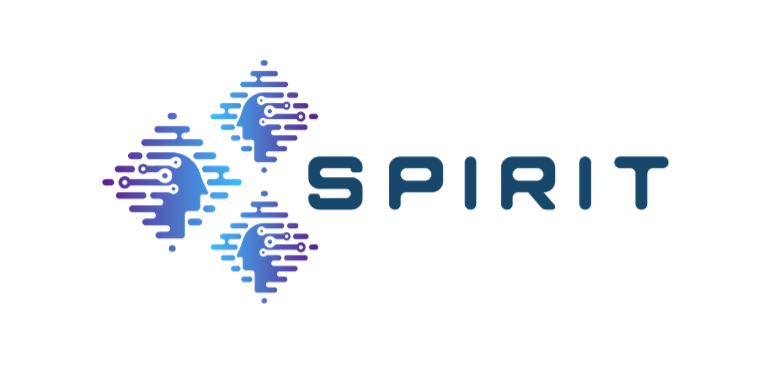On Optimizing Resource Utilization in AVC-based Real-time Video Streaming
IEEE Conference on Network Softwarization
29 June-3 July 2020 // Ghent, Belgium
http://netsoft2020.netsoft-ieee.org
Alireza Erfanian‡, Farzad Tashtarian†, Reza Farahani‡, Christian Timmerer‡,*, Hermann Hellwagner
‡‡Institute of Information Technology (ITEC), Alpen-Adria-Universit ̈at Klagenfurt, Austria †Department of Computer Engineering, Mashhad Branch, Islamic Azad University, Mashhad, Iran
Abstract—Real-time video streaming traffic and related applications have witnessed significant growth in recent years. However, this has been accompanied by some challenging issues, predominantly resource utilization. IP multicasting, as a solution to this problem, suffers from many problems. Using scalable video coding could not gain wide adoption in the industry, due to reduced compression efficiency and additional computational complexity. The emerging software-defined networking (SDN)and network function virtualization (NFV) paradigms enable re-searchers to cope with IP multicasting issues in novel ways. In this paper, by leveraging the SDN and NFV concepts, we introduce a cost-aware approach to provide advanced video coding (AVC)-based real-time video streaming services in the network. In this study, we use two types of virtualized network functions (VNFs): virtual reverse proxy (VRP) and virtual transcoder (VTF)functions. At the edge of the network, VRPs are responsible for collecting clients’ requests and sending them to an SDN controller. Then, executing a mixed-integer linear program (MILP) determines an optimal multicast tree from an appropriate set of video source servers to the optimal group of transcoders. The desired video is sent over the multicast tree. The VTFs transcode the received video segments and stream to the requested VRPs over unicast paths. To mitigate the time complexity of the proposed MILPmodel, we propose a heuristic algorithm that determines a near-optimal solution in a reasonable amount of time. Using theMiniNet emulator, we evaluate the proposed approach and show it achieves better performance in terms of cost and resource utilization in comparison with traditional multicast and unicast approaches.
Keywords—Dynamic Adaptive Streaming over HTTP (DASH), Real-time Video Streaming, Software Defined Networking (SDN), Video Transcoding, Network Function Virtualization (NFV).













